Purchasing a vehicle with a conventional car loan is straightforward: You borrow money from a bank, credit union, and other lending institution and make monthly payments for some years. A chunk of every payment interests and the rest is principal. The high the interest rate, the high the payment. As you repay the principal that you build equity unless, by the loan’s end, the car is all yours. As car prices increase and buyers start to demand the latest safety features that are available on new cars, leasing a vehicle has become a mainstream alternative to buying. With a lease, buyers make a monthly payment for driving a new car for a set term. That payment is less than the monthly cost of financing when you buy a new car or vehicle, but buyers have to return the car at the lease-term end. With more people than ever working from home, the mileage restrictions on a lease can’t be a factor for many shoppers.
Quite the opposite: various can find they do not use the miles they’ve paid for. The predictability of the payments and ownership prices has its appeal.
What is Leasing?
Leasing is like renting your car for a long period. Rather than paying the full cost, like you will if you were purchasing the vehicle, you pay for the amount of depreciation that’s expected to happen during the term of the lease, plus interest and fees. Most auto leases are closed-end leases, with the residual value at the lease’s end locked in before you drive off the lot. You typically, but not always, have to make a down payment on a leased car. The remainder of the lease price is split into a series of equal monthly payments that involve interest. Usual lease terms are for 2 or 3 years, although a lease agreement may be written for any length. While leasing seems simple, getting a lease is a complex that is different than buying a car. Here are some terms you will want to know if you are considering a car lease:
Capitalized Cost: A capitalized cost of a vehicle (also called cap cost) is the cost of the car. Like with a car buyer, you need to negotiate to get this cost as lower as possible. With most automotive-sponsored lease deals, this cost is fixed. With most other leases, it is significant to haggle to get this price as low as possible. Any discounts off the capitalized price, like special lease deals from automakers, are known as cap cost reductions.
Residual Value: The residual value of a leased car is the opinion of an expert about its expected value at the end of the lease term. A residual that is a high percentage of a cap cost of the vehicle is better, while lower residual forces you to pay a high portion of the capitalized cost of the car.
Different cars depreciate at different rates than others. Your great lease deals can be found on cars that depreciate the least, and have high residual values.
Money Factor: It will be simple to lease companies to use an interest rate when discussing lease contracts. Instead, they use a number known as the money factor to represent the interest’s amount that is involved in every monthly payment. To convert the money factor to a more aware interest rate, you multiply it by 2,400. You can do the math or use an online calculator to perform the conversion.
What You Have to Pay for With a Car Lease?
The price of the lease is the capitalized price minus the residual value, plus interest, and many fees. Additionally, to lease origination prices, you will have to pay registration fees, as you will with a car buying. For instance, let us say you have found the best Mercedes-Benz SUV. It has a capitalized price of $50,000 and a residual value after 3 years of $30,000. To lease the SUV, you will pay the difference between the 2 numbers ($20,000) plus interest and fees. If they ask for 3 thousand dollars plus fees upfront, the remaining $17,000, plus interest, is split into a series of equal monthly payments. Payments will last unless the final lease month. Then you will return the vehicle to the dealership also. Dealerships will refer to the down payment, any lease fees, security deposits, and also the cost of registration as drive-off prices.
The Basics of Leasing
When you lease a vehicle, you are basically renting it from the dealer for a specific time. That is 36 or 48 months. Once your lease period ends that you have the choice of returning the vehicle to the dealer and buying it at a pre-determined amount, which is defined in the lease contract. That is a lot different from purchasing a car. Purchasing it outright means you own it after the loan is paid off.
Lease Payments
Lease payments are low than the monthly loan payments for a new vehicle. Monthly car loan payments are calculated based on the sale cost, the interest rate, and some months it’ll take to repay the loan.
Lease Payments Depend on Factors Including:
Sale Price: This’s negotiated with the dealer, as with a vehicle buying.
Length of the lease: This’s many months you agree for leasing the car.
Expected mileage: The lease sets a certain maximum number of miles you can drive the car each year. Generally, leases have a 10,000-mile annual allotment. The monthly payment will rise slightly if you go for high yearly mileage. If you exceed the mileage limit in the contract, you will owe the dealer cash for each mile at the lease’s end.
Residual Value: This’s the vehicle value at the end of the lease, with its depreciation figured in. If you decide to buy the vehicle once the lease expires, this’s the amount you’ll pay.
Rent Charge. This fee is shown as a dollar figure instead of a percentage, but it’s the equivalent of an interest charge.
Taxes and Fees: These are added to the lease and affect the monthly price.
Few dealers and the manufacturers they represent require a down payment for a lease. The more you put down, the low your lease payment will be. Keep in mind, it can’t make sense to put too much cash down on a vehicle, you will finally be handing it back to the dealer. If you are quite sure you are going to purchase it when the lease expires, it’ll decrease the price then.
Advantages and Disadvantages of Leasing
The major leasing drawback is that you do not acquire any equity in the vehicle. It’s a small bit like renting an apartment. You will make payments on a monthly basis but have no ownership claim to the property once the lease will get expired. In this case, it means you cannot sell the car and trade it in to decrease the price of your next vehicle. The advantages of leasing are:
Lower Monthly Payments
If you are concerned about the monthly prices, a lease eases the burden a bit. The monthly payment is considerably less than it will be for a car loan. Few people even opt for a more luxurious car than they otherwise can afford. Ensure your insurance covers any charges that can be due if the car is totaled before the lease runs out.
A New Car Every Few Years
For several people, there is nothing like the feeling of driving away on a brand-new ride. If you are one of them, leasing can be the way to go. When the lease is up in some years, you may return it and get next to a new car.
Worry-Free Maintenance
Various new cars provide a warranty that lasts a minimum of 3 years. So, when you take out a 3-year lease, most of the repairs need to be covered. Leasing arrangements largely remove the hazards of an important unforeseen expense.
No Resale Worries
Are you the person who hates to haggle? If so, you likely hate the idea of selling your used car to a dealership and a private buyer. With a lease, you return the car. The thing you have to worry about is paying any end-of-lease fees, involving those for abnormal wear or more mileage on the vehicle.
Maximizing Tax Deductions
If you use the car for business purposes, a lease will frequently afford you more tax write-offs than a loan. That is because the IRS lets you deduct both the depreciation and the financing costs that are part of every monthly payment. If you are leasing a luxury automobile, the amount you can write off may be limited.
Leasing Pros:
- You have low monthly payments with a lower and no down payment.
- You can drive a good car for less money.
- You have low repair costs because you’re under the vehicle’s warranty.
- You can more simply transition to a new car every 2 or 3 years.
- You will not have any trade-in hassles at the lease-end.
- You pay fewer sales tax.
Leasing Cons:
- You will not own the car at the lease-end.
- Your mileage is limited to 12,000 miles a year.
- You can find lease contracts confusing and filled with unfamiliar terminology.
- You will pay more in the long run for a leased car than you’ll if you purchase a car and keep it for years.
- You will face wear and tear charges.
- You’ll find it expensive to terminate a lease earlier if you’re driving needs to change.
What is Car Buying and Financing?
Car buying is the traditional and yet famous way to get behind the wheel of a new ride. You negotiate a cost for a car, truck, SUV and take out a car loan to pay that cost, minus the cost of trade-in or down payment. If the vehicle prices $32,000, then you will pay the full $32,000, plus the price of interest on your car loan if you have one. When you finance a car, the lender holds the title to the vehicle unless you pay off the loan. Most new car loans come from banks, finance companies, credit unions. When you are done with applying for a loan and have received approval, the lender will send the money to pay for the car or vehicle. You then pay back the balance of the loan via a series of equal monthly payments that involve interest and principal. The length of an auto loan is known as its term. Terms change from some years to as several as 7 or 8. Several experts advise shoppers not to get car loans that exceed 5 years. However, that limit is often ignored by buyers chasing affordable monthly payments.
Buying a Car
The difference between financing a car and leasing a car is that with financing, you’re buying the vehicle. You’ll make monthly payments, but at the term’s end, you will own the car.
Benefits of Buying
Every payment goes toward owning your car outright. Most car loan terms are four to six years. After paying off your loan that you can choose between driving the car without payments, trading it in for a new model, and selling the vehicle. If you take better care of the vehicle, the resale value may help you recoup some of your expenses. The capability to do whatever you need whenever you need with the vehicle without the fear of more fees is a good feeling. When you own a car, you can drive as much as you want and customize as you wish. You may drive as many miles as you want without worrying about penalties. There’s no tear and wear fees when your loan runs out, as there frequently are leases. As long as you’re committed to driving your vehicle for an extended amount of time and have enough car insurance coverage, you’re unlikely for losing out financially.
No mileage limits: When you purchase a car, you will not have to keep an eye on mileage. If you should drive across the country, or rack up 100,000 miles in a year, you can do so without worrying about more fees.
No wear and tear charges: Furthermore, to a lack of mileage restrictions that you won’t have to worry about what a dealer deems as normal wear and tear, which is a concern for anybody who leases or should pay for potential repairs at the end of a lease.
The capability for selling or trading in the vehicle: Because the car is yours, you will not need to think about what to do when your auto loan is paid in full. When you are ready for a new car, truck and SUV, sell it and trade it in at its current market value based on mileage and condition.
Drawbacks to Buying
With a loan, you are paying for the full value of the car over some years, which means your monthly payments are high than a lease. It may be incredibly frustrating when your bought car has a major mechanical issue shortly after the warranty runs out. But when you own a car past its warranty expiration, the cost of all repairs falls on you. As well, excessive mileage, wear, and tear will harm the resale value of your car, and you will be responsible to trade or sell your used car if you need a different one.
High monthly payments: When you purchase a car, you are likely going to spend more every month. For instance, the average monthly payment for those who bought a Jeep Grand Cherokee was $637 to $159 more than an average monthly payment to lease it.
Big down payment needed: If you will put more money down, obviously, you can decrease the size of those monthly payments, but it’ll take a big chunk of your savings.
Long-term maintenance costs: Lastly, owning a car comes with a similar mix of pride and potential issues as owning a home: It feels better to say you own it unless you pay to fix it when something will get broken.
Buying Pros:
- You can modify your car as per your needs.
- You will save money over the long term if you purchase a car.
- You can drive as you like. There is no excess mileage penalty.
- You have additional flexibility since you can sell the car whenever you want.
- You can utilize the car as a trade-in on the next car you purchase.
Buying Cons:
- You have to pay a high down payment to avoid being upside down in the loan.
- Your monthly car payments are high than lease payments.
- You are responsible for repair prices once the warranty expires.
- You face possible trade-in and selling hassles when you decide to obtain your next car.
- You will have more of your cash tied up in a car, which depreciates in value.
Why Leases Are So Tempting?
The key benefit of leasing is a lower payment. If you will keep the car for a few years like 3 years then leasing will permit you a low payment, and you do not need to worry about the trade-in value. The latter concern is necessary because new cars depreciate the moment you drive them off the lot. And whereas a lease lets you obtain a new car some years, those who buy a new car will hold on to it for much longer, its value dropping with every passing year unless it is time for a trade-in. The price of purchasing is higher than leasing; this involves a down payment and a high monthly payment. For someone on a budget, it is simple to see why leases are so tempting: You get a brand-new car and a monthly payment that is low than a car loan.
But Leases Are A Devil in Disguise
For one, leases contain mileage limits where you are penalized if you drive over that set amount; these penalties may range from 5-20 cents a mile. It is essential to determine ahead of time how you will use the car and what those mileage limits are. A cap of 40,000 miles will let you more wiggle room than 30,000, but you will pay more upfront. What is more, a lease lets for normal wear to the car, but if the dealership considers the vehicle to have wear as well as tear above at the end of the lease, they may charge you more, Love says. You can get a good idea of what normal wear means by quizzing the car dealership and studying the lease terms.
Why Buying is Good?
Love notes that if the dealership is providing zero-percent financing, and you plan on driving the car for a longer time, purchasing is the way to go. If the financing terms are high, Often, credit unions will have a favorable rate. And if you have an established banking relationship, you need to definitely check with them for their rate. Car payments will eventually end, whereas lease payments will not unless you turn in the car. With buying, eventually, you’ll have paid the car off and no longer have the expense of the monthly payment. Irrespective, when you lease a car, you make payments for a specified time, and then at the term’s end, you have nothing to show for your money. You own nothing. However, when you purchase a car, at the end of the term, you own a car. You can keep that car indefinitely and sell that car for the value.




